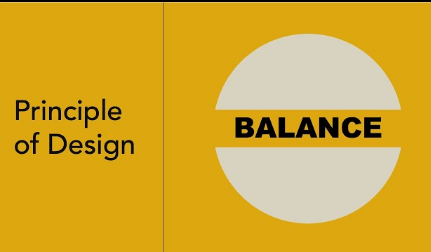Design:Sg_Fvdznvbe= Balance

The concept of Design: Sg_Fvdznvbe= Balance serves as a cornerstone in the realm of aesthetics and functionality. By exploring the intricate interplay of symmetry, proportion, and harmony, we uncover how balanced design not only enhances visual appeal but also significantly impacts user experience and well-being. This discussion will illuminate practical examples that exemplify these principles, while also addressing the broader implications of achieving balance in various design contexts. As we consider these elements, one must question: what are the underlying factors that truly influence our perception of balance in design?
Principles of Balanced Design
Achieving balance in design hinges on three fundamental principles: symmetry, proportion, and harmony, each contributing to the overall aesthetic and functionality of a composition.
Symmetry principles create visual stability, while proportion ensures elements relate meaningfully within the space.
Together, these elements foster visual harmony, inviting the observer to engage freely with the design, appreciating its beauty and coherence without distraction.
Read more: Dark:J56gn0rx4js= Black Man
Examples of Balanced Design
Real-world examples of balanced design vividly illustrate how symmetry, proportion, and harmony coalesce to create visually compelling and functional spaces.
Symmetrical layouts, such as classic architecture, evoke a sense of order, while asymmetrical compositions, like modern art installations, invite dynamic interaction.
Together, these approaches showcase the versatility of balance, inspiring creativity and freedom in design, ultimately enriching our environments.
Benefits of Achieving Balance
The pursuit of balance in design not only enhances aesthetic appeal but also fosters a sense of well-being and functionality in any space.
Achieving visual harmony contributes to mental well-being, creating environments that promote clarity and focus.
This equilibrium allows individuals to experience freedom in their surroundings, encouraging creativity and productivity, ultimately leading to a more fulfilling and enriching life experience.
Conclusion
In the intricate dance of design, balance serves as the silent conductor, orchestrating visual harmony and functional flow.
As spaces emerge from the interplay of symmetry and dynamic asymmetry, they invite creativity and well-being.
Read more: Cute:Vckxjxf4zh0= Foxes
The remarkable coincidence of aesthetic appeal and practical usability not only captivates the eye but also nurtures the mind.
Ultimately, embracing the principles of balance transforms environments into sanctuaries of inspiration, where productivity flourishes and fulfillment becomes a natural consequence.




